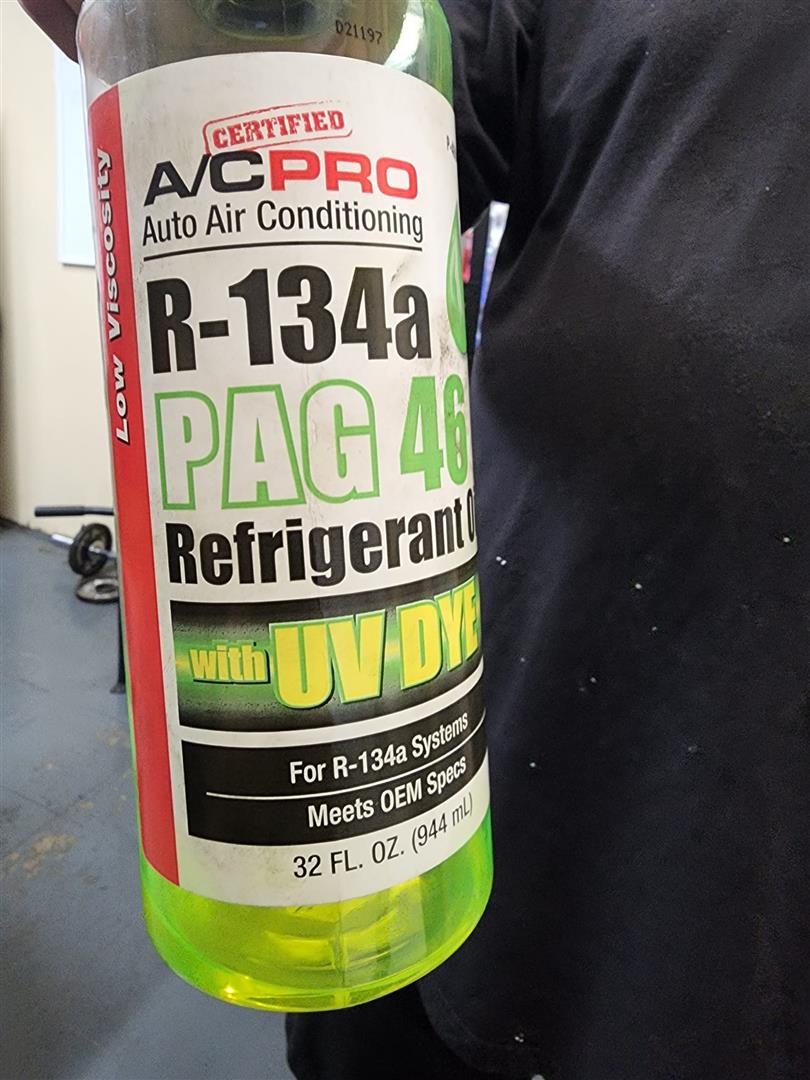System Efficiency and Performance:
Recharging the AC system ensures it has the correct amount of refrigerant, which is necessary for optimal operation. Too little or too much refrigerant can reduce the system's efficiency and cooling performance.
Preventing Compressor Damage:
The compressor requires a specific amount of refrigerant to function correctly. An improper charge can lead to compressor overheating and failure, which is often an expensive repair.
Maintaining System Longevity:
Regular maintenance, including proper evacuation and recharge, helps prolong the life of the AC components by ensuring they operate under optimal conditions.
Environmental Considerations:
Correct handling of refrigerants, especially newer types like R1234yf, is crucial due to environmental regulations and their potential impact on global warming. Proper procedures prevent refrigerant leaks, which can be harmful to the environment.
Legal Compliance:
In some regions, there are legal requirements for handling and servicing AC systems, particularly concerning refrigerant recovery and recycling.
Complete Symptom Diagnosis of Your AC System
When diagnosing the AC system, consider these common symptoms and potential causes:
Insufficient Cooling:
Low Refrigerant Levels: Likely due to leaks in the system.
Blocked Condenser: Can be caused by debris or damage, reducing the system's ability to dissipate heat.
Faulty Compressor: If the compressor is not engaging, the refrigerant cannot circulate.
AC System Cycles ON and Off Frequently:
Overcharged System: Too much refrigerant can cause high pressure and frequent cycling.
Undercharged System: Too little refrigerant can lead to low pressure, causing the system to cycle off prematurely.
Unusual Noises:
Loose Mounting Brackets: Can cause rattling noises.
Faulty Compressor Clutch: May produce a grinding or squealing noise when engaging.
Unpleasant Odors:
Mold or Mildew: Often accumulates in the evaporator core due to excess moisture.
Dirty Cabin Filter: Can restrict air flow and harbor odors.
Leaks:
Visible Refrigerant Leaks: Sometimes indicated by oily dye residue around AC hose connections and components.
Dye Tests: Special dyes can be added to the refrigerant to check for leaks more visually.
AC Sniffer Tool: A special tool AC refrigerant sniffer can also be used to detect small AC leaks.
Diagnostic Procedures
Visual Inspection: Check for signs of damage or leaks in hoses, connections, and components.
Pressure Check: Measure the pressure in the AC system to ensure it aligns with specifications, Although we do not rely just on pressure but also in the specifications of how much refrigerant should be in the AC system
Temperature Measurements: Check the temperature of the air coming from the vents in relation to ambient outside temperatures.
Leak Detection: Use electronic leak detectors or UV dye tests to pinpoint exact locations of leaks.
Performing regular checks and maintenance, including a proper evacuation and recharge service, ensures your vehicle’s AC system operates efficiently and effectively, keeping you cool and comfortable on the road.
